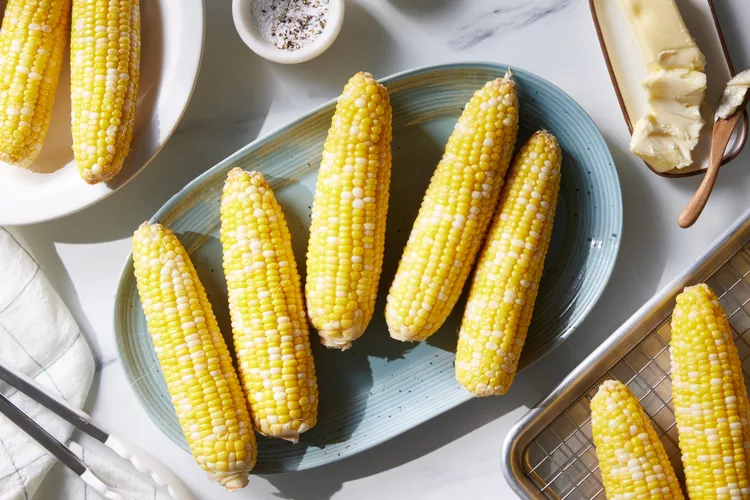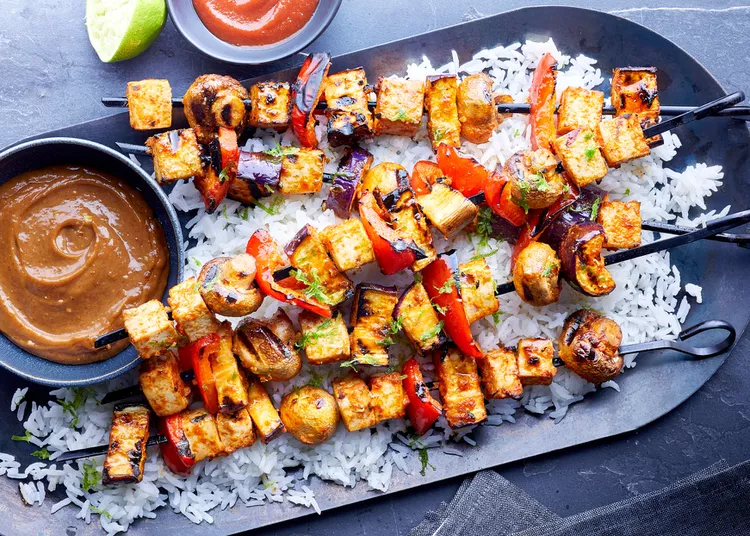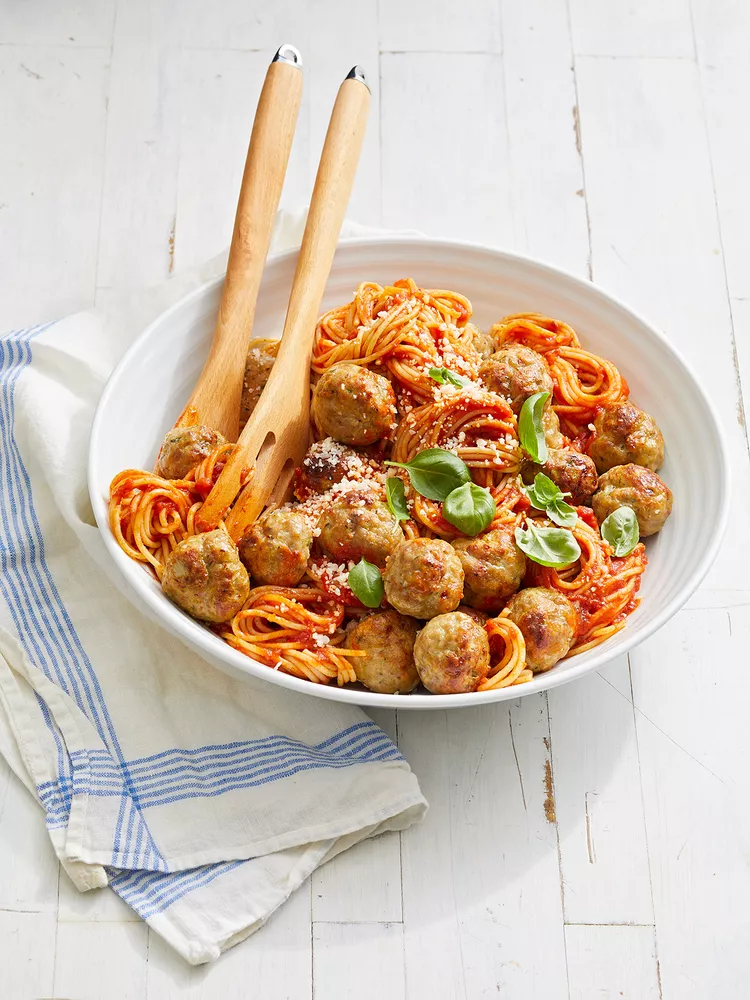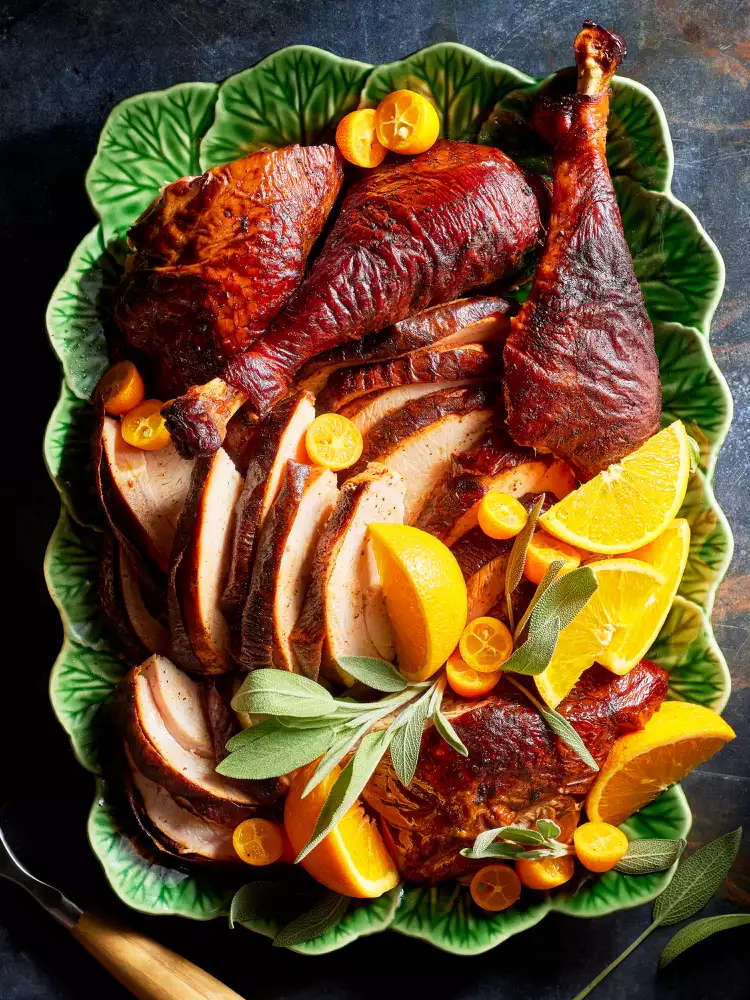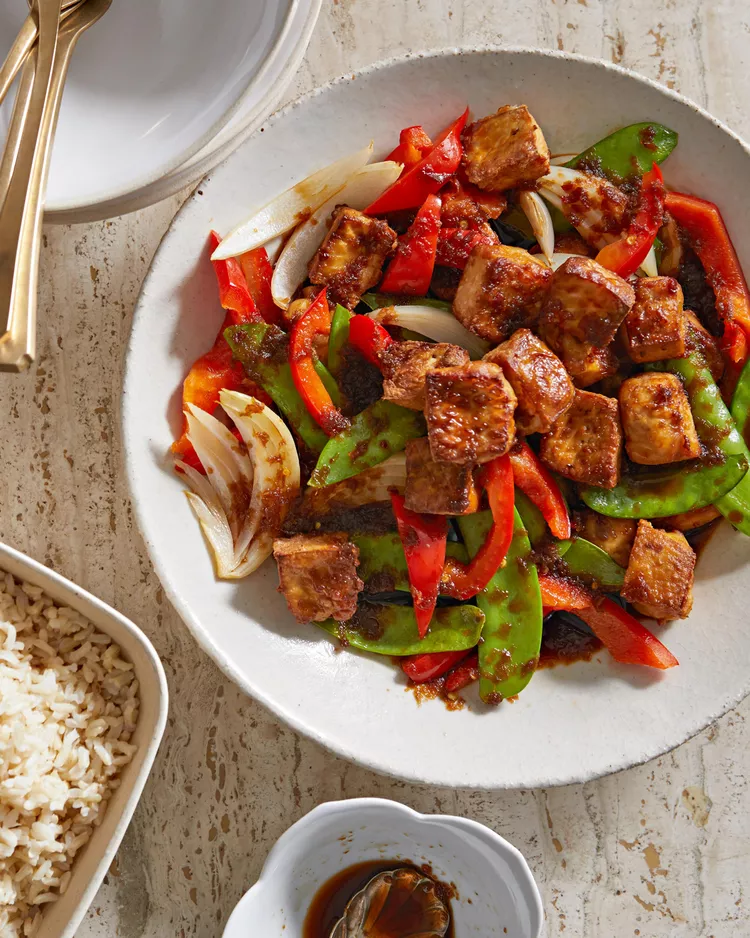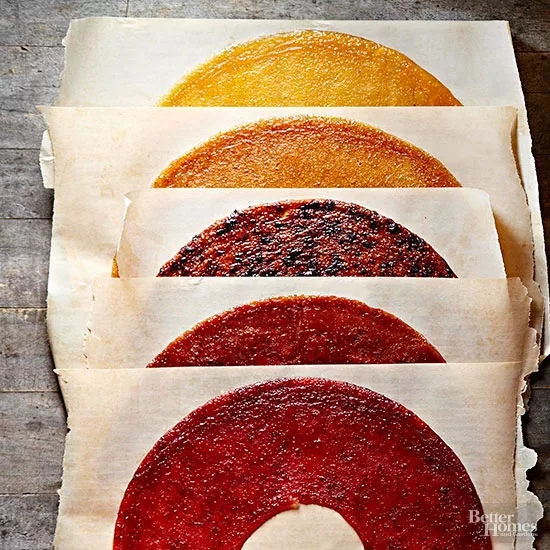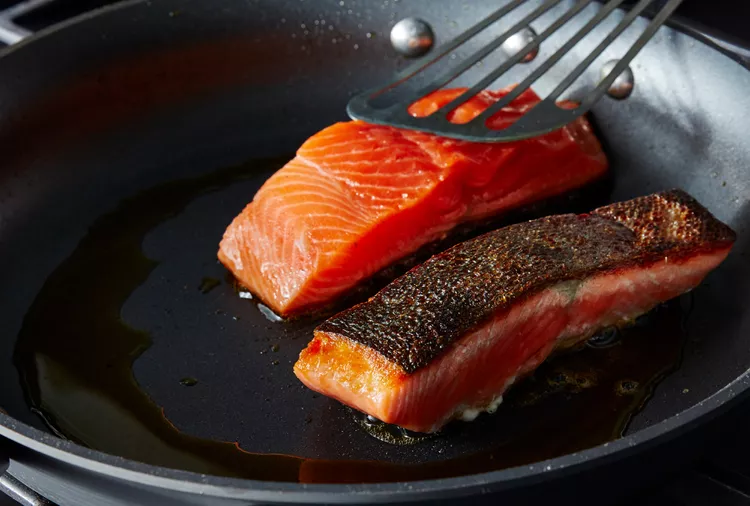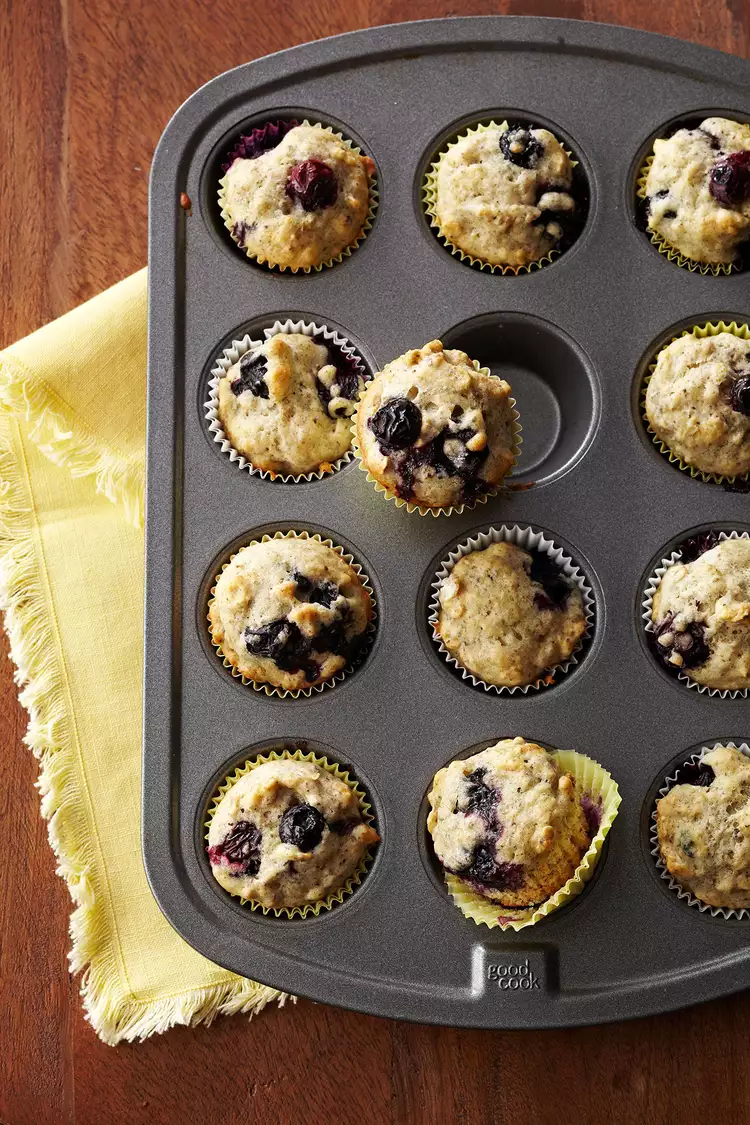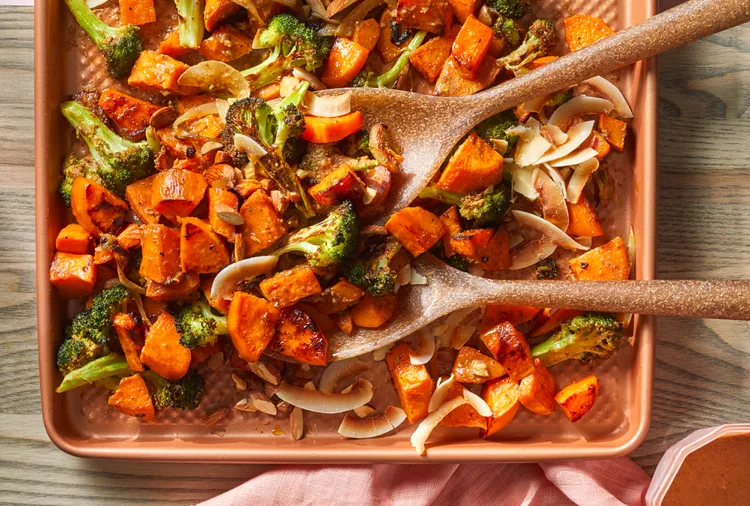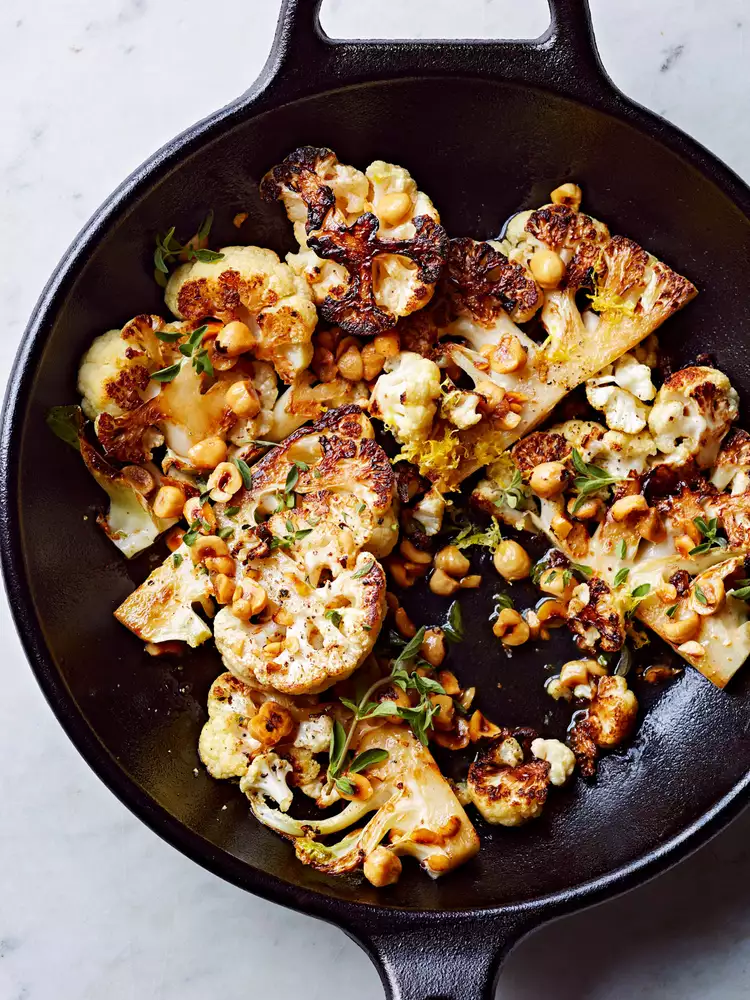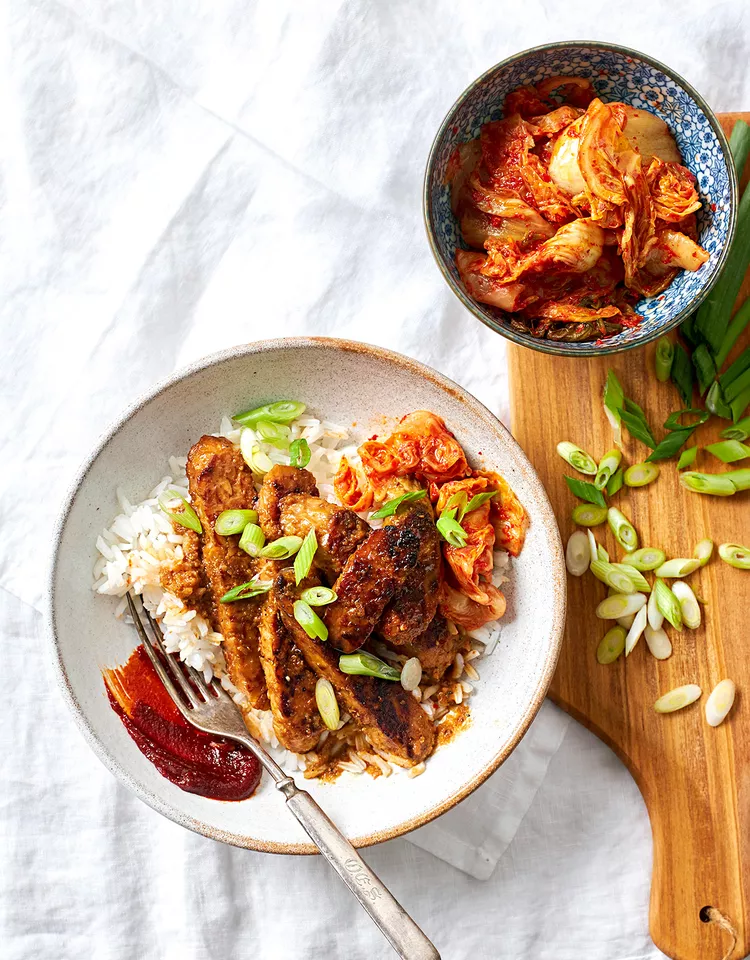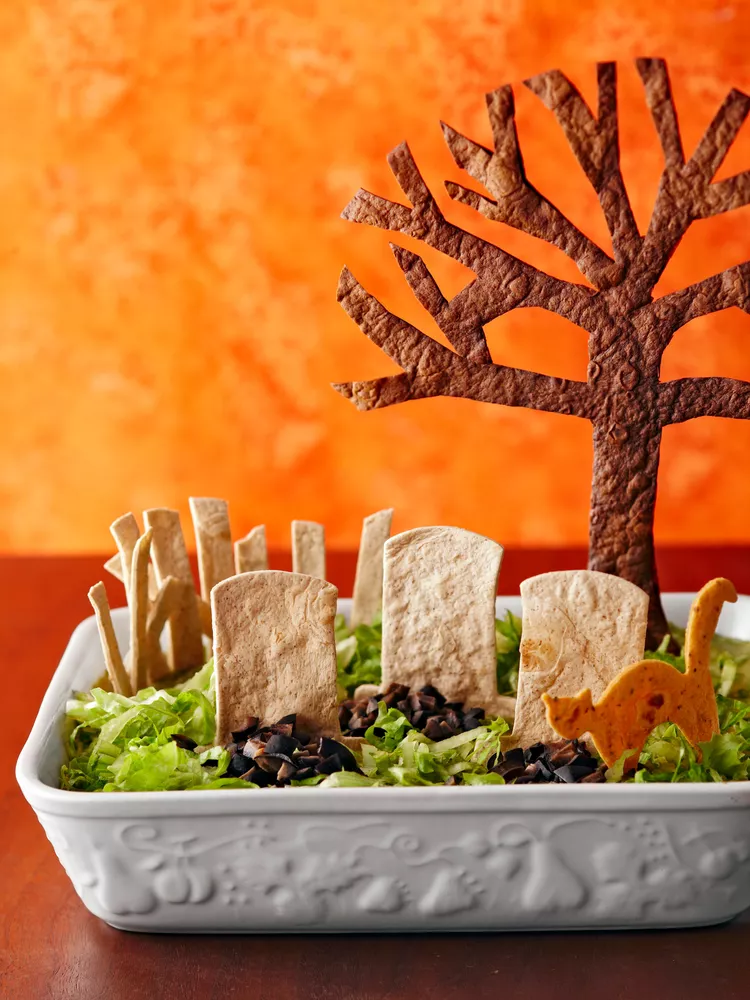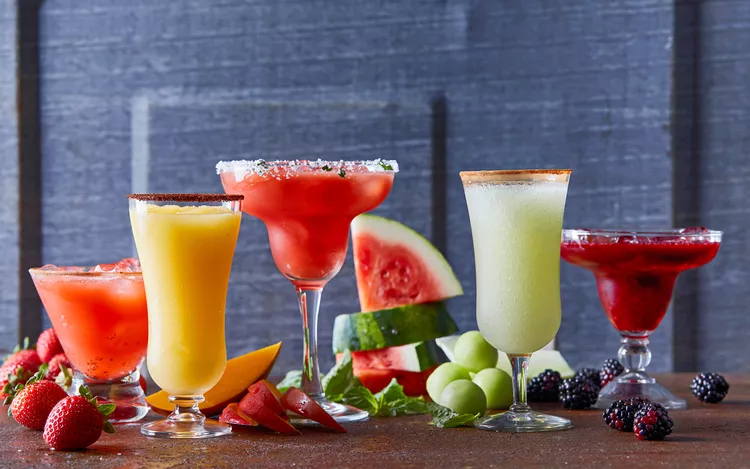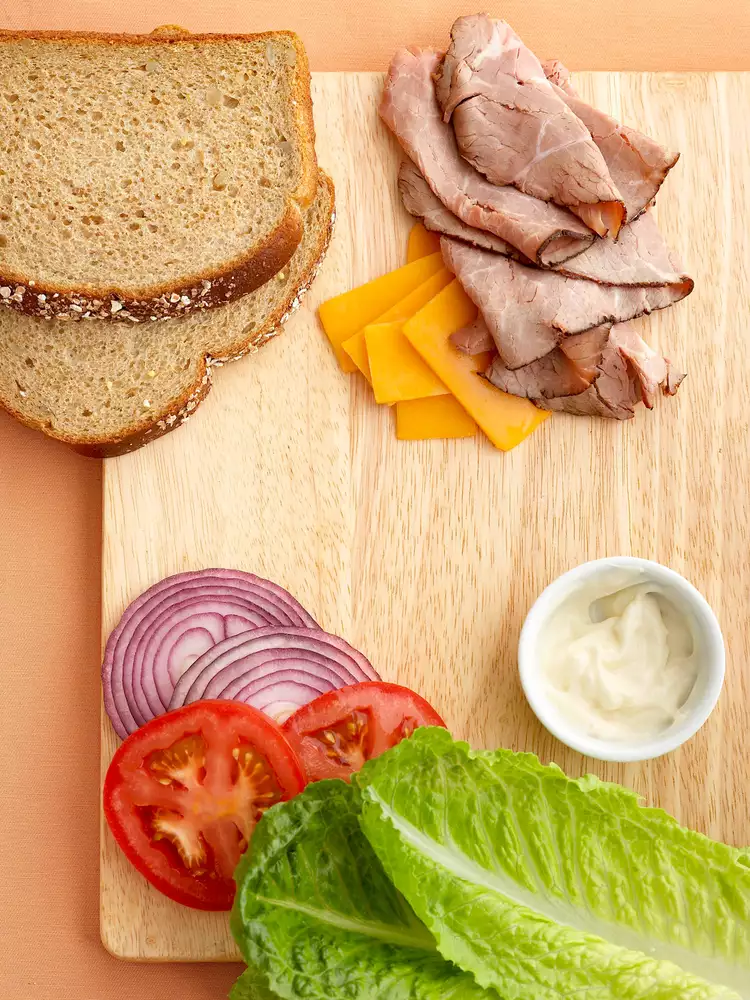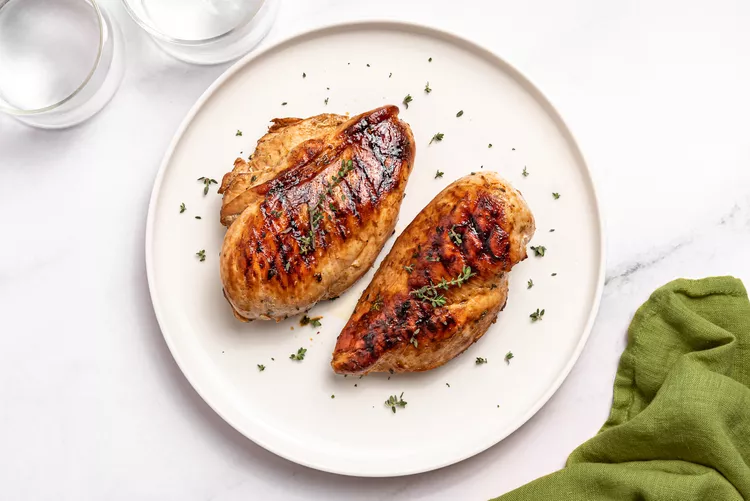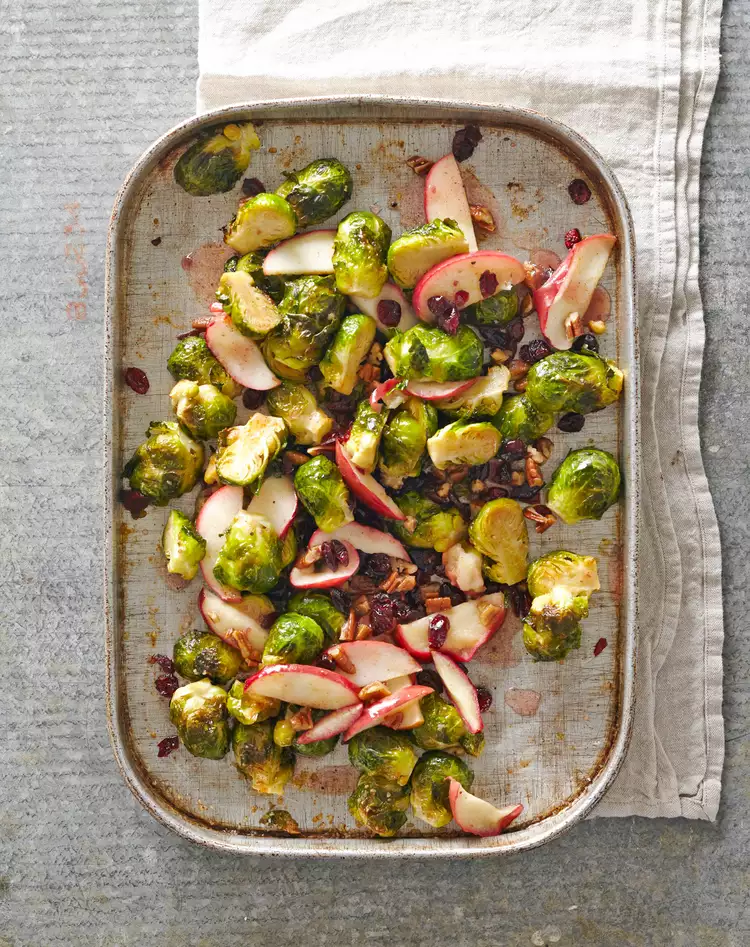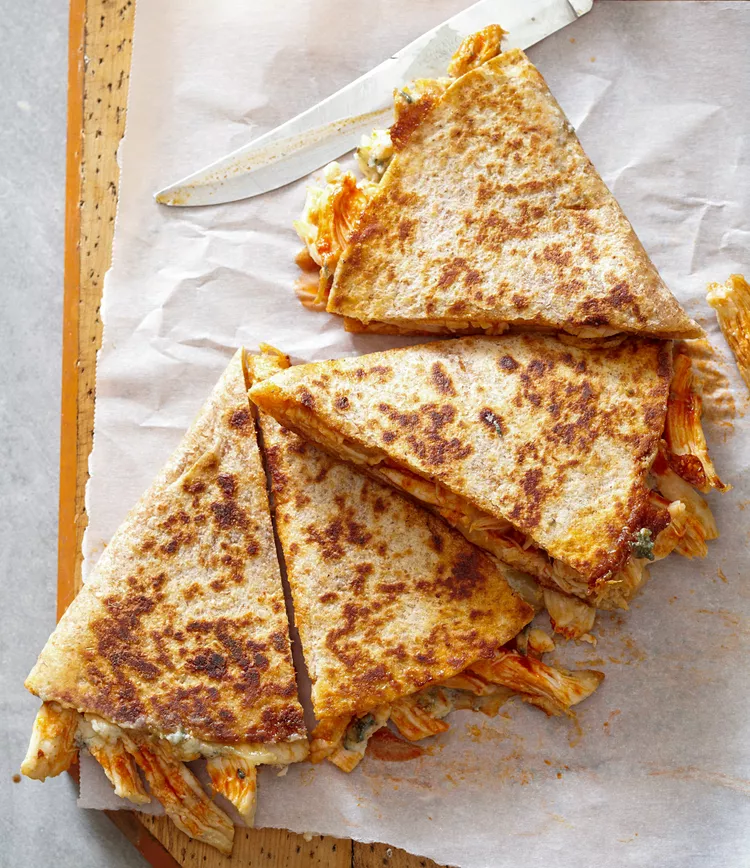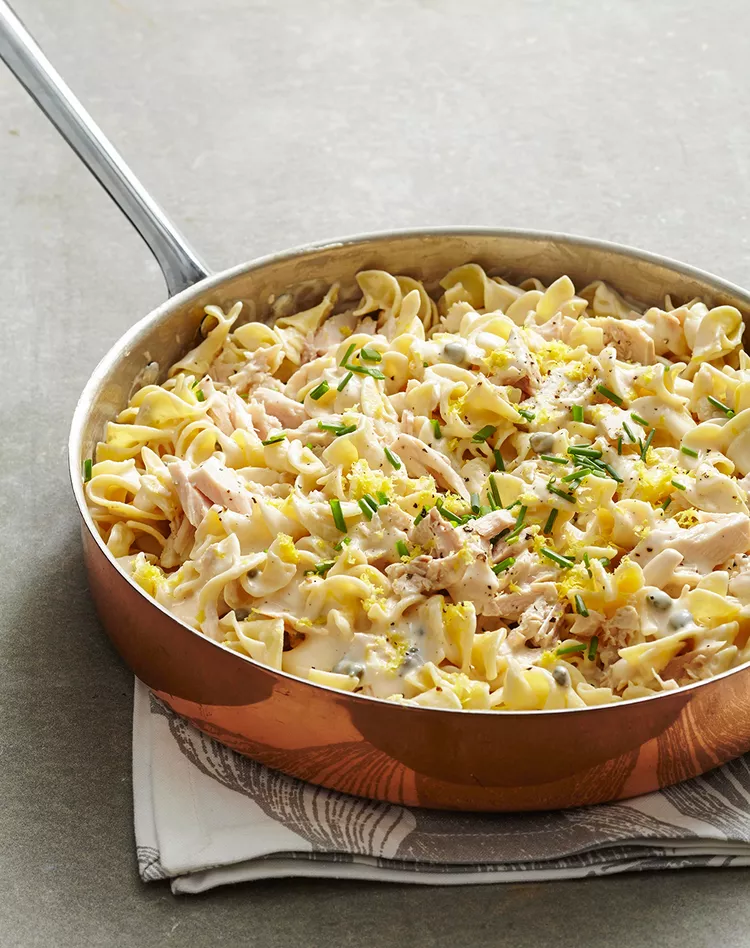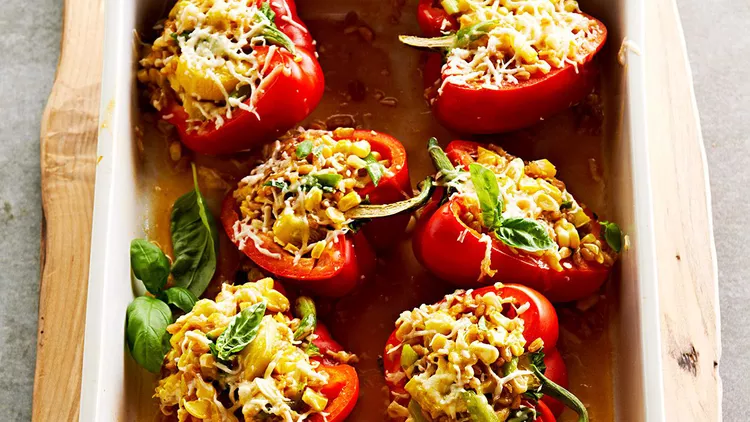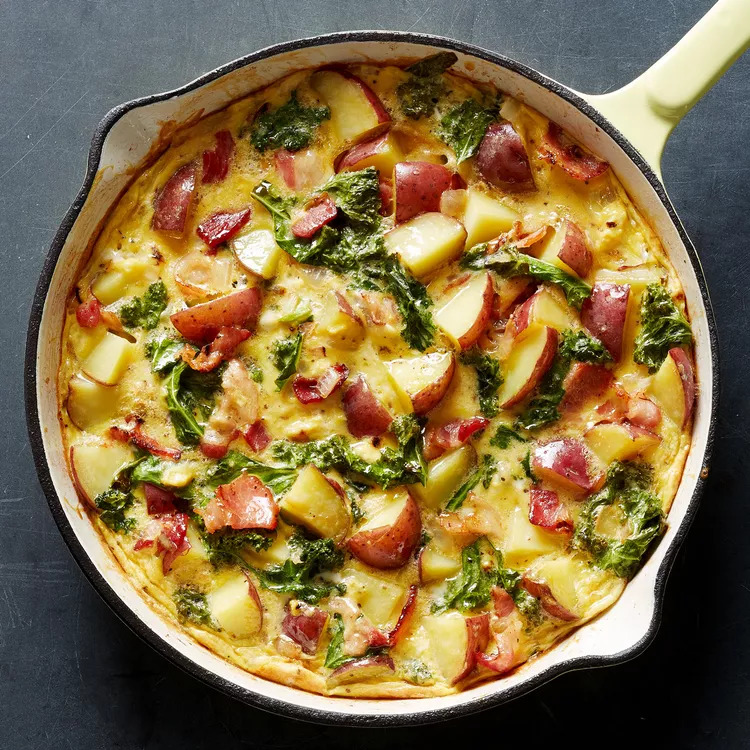Growing up in rural Nebraska, there were a few things I looked forward to eating every summer—that first juicy beefsteak tomato, mounds of kettle corn at the fair, and sweet watermelon wedges. But the thing I loved most was sweet corn. We would boil it and serve it with lots of butter and salt. To me, there's no better summer side dish. As a food editor, I thought I knew how to cook corn on the cob properly, until I met my mother-in-law, Angie. She served me plain corn on the cob at one of our first lunches together, and it was the best I'd ever had. After decades of growing and selling corn in Iowa, she let me in on her secret to perfectly cooked corn on the cob.
"I tried all the different cooking methods I could find, and this one was the best," says Angie. "It's foolproof."
My MIL's Secret to Perfect Corn on the Cob
If cooked too long, corn on the cob can become tough and chewy. It gets stuck in your teeth and loses a lot of moisture. This cooking method ensures the corn doesn't get overcooked, and each bite stays sweet and juicy.
Here's how to make Angie's perfect corn on the cob.
- Don't shuck your corn until you're ready to cook it! It will dry out if you shuck it too early. Once ready, peel the husks away from the ears of corn and remove the silk.
- Bring a large pot of water to a boil. You can use any pot you like, but my mother-in-law swears by a Granite Ware Corn Pot. A 12-quart stock pot will also work.
- Once the water is boiling, add your cleaned corn on the cob and put a lid on it. Turn off the heat and let sit for 5-10 minutes. Angie recommends checking the corn after 5 minutes. It should be crisp yet tender.
- Serve the corn with butter and salt, or enjoy it as my in-laws do—with nothing at all! Fresh summer sweet corn is delicious all on its own. If you feel like trying something new this year, I love this butter-braised spicy corn.
Farmer-Approved Tips for Choosing Good Sweet Corn
Here are a few things to look for when shopping for fresh sweet corn at the farmers market or grocery store.
- Look for ears of corn that have tightly wrapped husks that are green and moist. It should almost feel a little damp. Avoid corn with dry, brittle, or brown husks, as this is a sign they've been sitting for a while.
- The silk at the top of the corn will be pale and damp when fresh. Skip ears that have dried or black silks.
- Check for signs of insects, like holes in the husk or mushiness at the top of the cob.
- When picking up corn, it should feel firm and heavy for its size.
- Angie also recommends trusting your local farmer to pick out a dozen or so good ears for you. They know it best!
How to Store Sweet Corn
After you've brought your corn home from the market, store it in the fridge. Do not shuck the corn until you're ready to cook it. For the best flavor, aim to eat within 1-2 days.
If you have leftover cooked corn on the cob, store them in an airtight container in the fridge for 3-4 days. Use one of our handy methods for reheating leftover corn on the cob.
